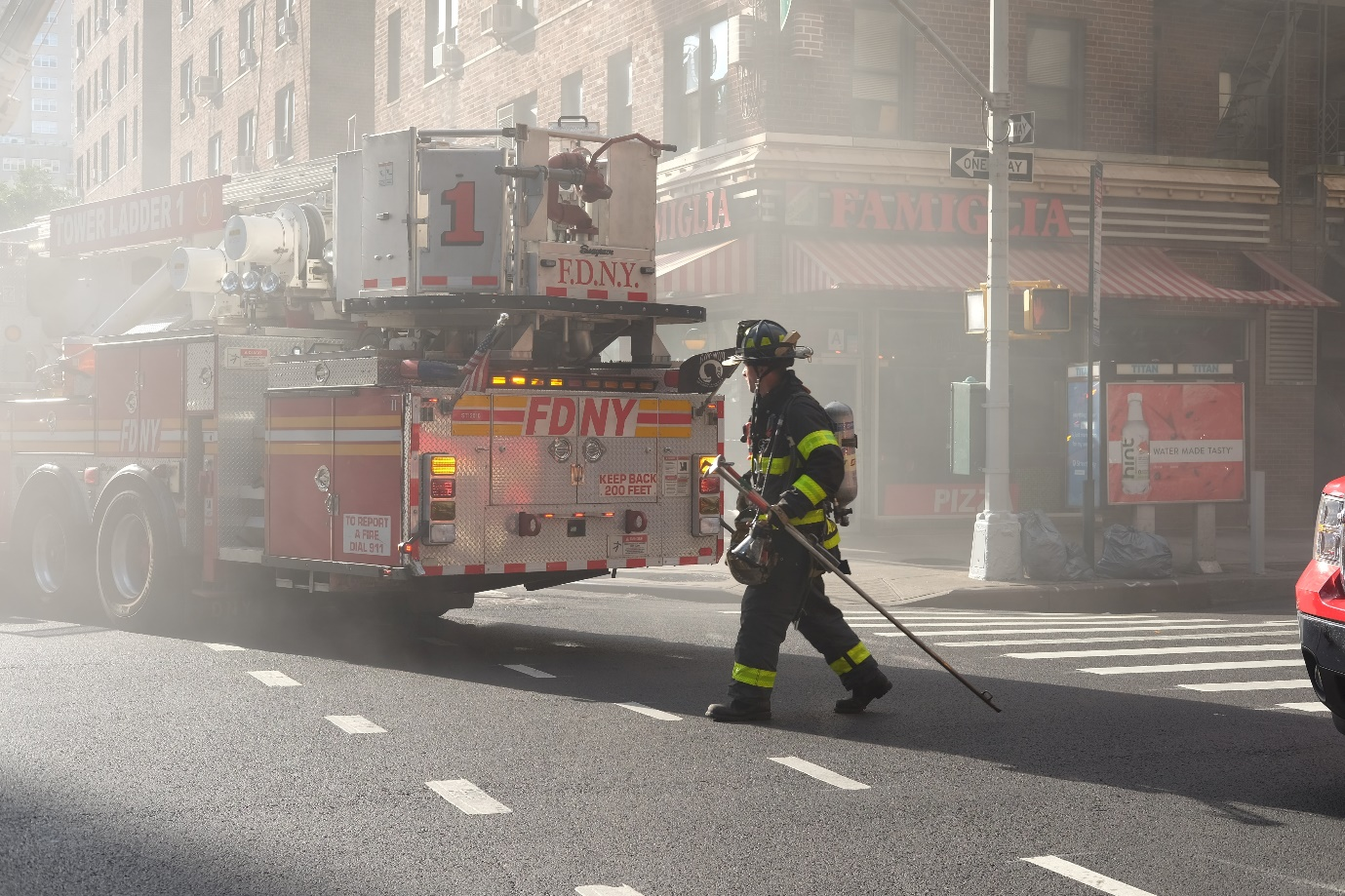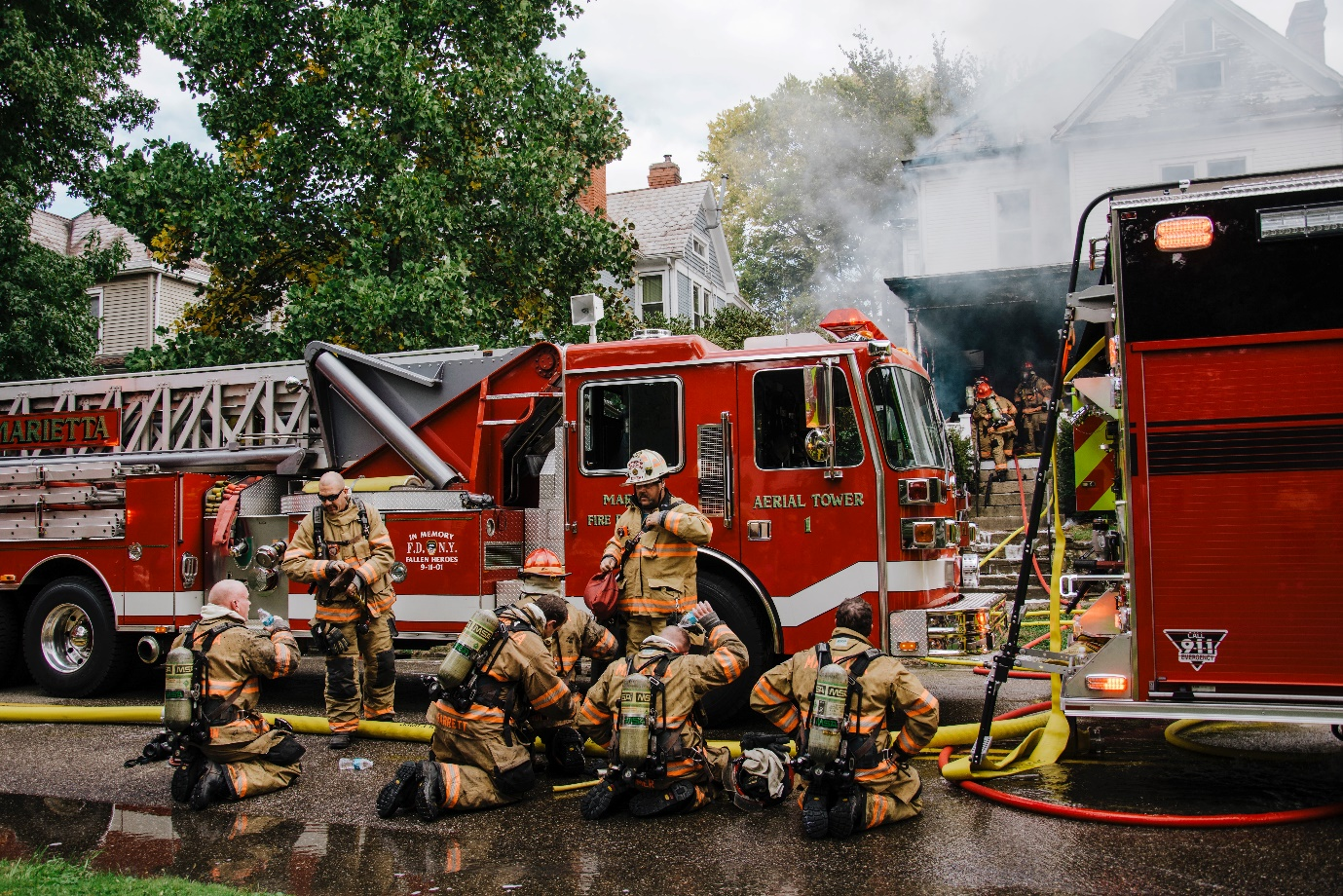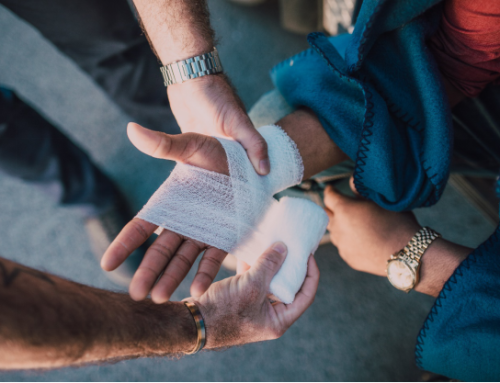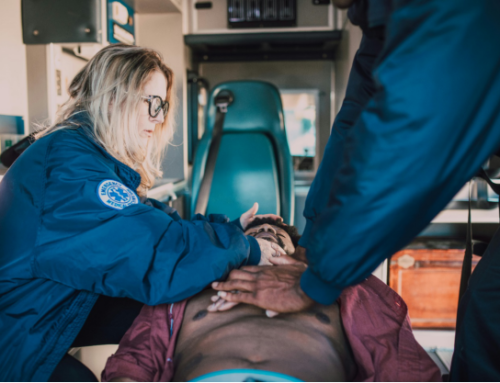That’s why traffic incident management is so important. By understanding how to respond quickly and efficiently to hazardous material spills, law enforcement officers and other first responders can minimize any potential risks or damages caused by these incidents.
This blog post will examine some of the strategies used in traffic incident management for hazardous material spills and how these strategies can help keep everyone involved safe.
Understanding the Hazards: Types of Hazardous Materials Involved in Spills
Many types of hazardous materials can be involved in a spill, and it is important to understand the hazards posed by each type to manage the situation effectively. Hazardous materials are broadly categorized into nine classes, each with specific properties and hazards.
Understanding these hazards is essential in traffic incident management to protect responders and the public. Examples of hazardous materials commonly involved in traffic incidents include flammable liquids, corrosive materials, radioactive substances, and explosives. Each material requires specific handling and mitigation strategies that first responders must be trained in.
Types of Hazardous Materials Involved in Spills
Many different types of hazardous materials can be involved in spills, and each has its unique set of dangers and risks. Here are some of the most common types of hazardous materials involved in spills:
Petroleum Products
Petroleum products are some of the most dangerous and destructive substances that can be involved in a spill. They are highly flammable and can cause serious environmental damage if they leak into waterways.
Chemical Products
Chemicals can be extremely dangerous if they are released into the environment. Some chemicals can cause serious health effects, and others may be corrosive or poisonous.
Radioactive Materials
Radioactive materials can pose a serious health hazard if they are released into the environment. They can cause cancer or other illnesses and may also contaminate water supplies.
Biological Materials
Biological materials such as sewage or other waste can contain harmful bacteria or viruses that can cause illness if ingested.
Importance of Quick Response: Best Practices in Traffic Incident Management
A prompt response is crucial in minimizing the impact of hazardous material spills on public safety and the environment. Effective traffic incident management strategies include:
- Establishing pre-incident plans and procedures.
- Identifying and isolating the affected area.
- Coordinating an immediate response to contain the spill.
Best practices in TIM also include using technology and specialized equipment to detect and identify hazardous materials and quickly mitigate their effects. Although in an ideal situation, the workers would be extra cautious. With proper training, they can minimize the risk of accidents.
Realistically it is not possible to avoid accidents altogether however with the right training with the help of Metro Safety Training, minimizing them would do the trick!
Communication and Coordination: Strategies for Effective Response
Effective communication and coordination are key to ensuring a successful response to hazardous material spills. Communication protocols must be established in advance, and responders should be trained in their use.
Responders must also have access to up-to-date information on the hazards, the response plan, and the status of the incident. Coordination among all responding agencies is critical to ensuring a smooth and effective response.
Safety Measures: Protective Equipment and Precautions for Responders and Civilians
The safety of responders and the public is of paramount importance in hazardous material spill incidents. Safety measures include the use of protective equipment, such as personal protective equipment (PPE), respiratory protection, and decontamination equipment.
Responders must also be trained to use these measures effectively to prevent exposure to hazardous materials. Precautions must be taken to ensure the safety of the public, including evacuations of the people around the area safely and shelter-in-place orders.
Post-Response Actions: Decontamination, Cleanup, and Recovery Efforts
Post-incident actions are necessary to mitigate the effects of hazardous material spills on the environment and public health. These include decontamination, cleanup, and recovery efforts.
Decontamination is necessary to ensure the safety of responders and the public, and cleanup efforts focus on removing hazardous materials from the site. Recovery efforts may include:
- Restoring the site to its pre-incident condition.
- Providing compensation to affected parties.
- Investigating the cause of the incident.
Building Capacity for Effective Traffic Incident Management in Hazardous Material Spills
Effective traffic incident management requires training and preparedness efforts. Responders must be trained in the handling and mitigation of hazardous materials, the use of protective equipment, and the coordination of response efforts.
Preparedness efforts should include the development of pre-incident plans and procedures, regular drills and exercises, and the use of technology to support response efforts. These efforts will build capacity for effective traffic incident management and enhance the safety of the public and responders in hazardous material spill incidents.
Our Final Words
Traffic incident management is crucial in minimizing the impact of hazardous material spills on public safety and the environment. The effective management of hazardous material incidents requires a coordinated and rapid response, the use of specialized equipment, and the training of responders in the handling and mitigation of hazardous materials.
Effective communication and coordination are also essential to ensure a smooth and efficient response. Safety measures must be taken to protect responders and the public, and post-incident actions are necessary to mitigate the effects of hazardous material spills.
Ongoing training and preparedness efforts are necessary to build capacity for effective traffic incident management and enhance the safety of the public and responders in hazardous material spill incidents. By following best practices in traffic incident management, responders can ensure a swift and effective response, reducing the risks associated with hazardous material spills.








